Technique for Growing and Caring for Artichoke Flowers
The technique for growing and caring for red artichoke flowers includes selecting good seeds, preparing loose and well-drained soil, and sowing seeds with a spacing of 65-90 cm. Care for the plants by watering regularly, applying organic fertilizers periodically, and promptly controlling pests and diseases. Harvest red artichoke flowers after 45-50 days, avoiding harvesting during rainy weather to maintain quality.
The red artichoke flower not only stands out for its captivating beauty but also offers numerous health benefits. To ensure the plant thrives and produces high yields, mastering the techniques for growing and caring for red artichoke flowers is essential. Here’s a detailed guide:
1. Planting Season
Red artichoke flowers can be planted in two main seasons: early (May - June) and late (July - August). For medicinal purposes, the early season is preferable, and planting in well-drained areas is recommended for optimal growth.
2. Seed Preparation
Seeds are the common method for growing red artichoke. Choose high-quality seeds that are mature, large, dark in color, and have a high germination rate. Before sowing, soak the seeds in water for a few hours to improve germination.
3. Soil Preparation
Red artichokes thrive in average tropical soil with a pH of 6 - 6.5, organic matter content of 5 - 7%, and good drainage. Mix the soil with well-rotted cow manure, chicken manure, coconut fiber, and organic mulch, then add lime and let it rest for 7 - 10 days before planting to address any pathogens.
4. Planting Techniques
- Sowing Seeds: Plant seeds 65 - 70 cm apart (for dense planting) or 80 - 90 cm apart (for sparse planting). Sow 2 - 4 seeds per hole, cover with soil, and water evenly.
- Care: Use straw to mulch the base, watering 1 - 2 times a day. In dry seasons, water twice a day in the early morning and late afternoon. Ensure good drainage during rainy seasons to prevent flooding.
5. Fertilizin and Tilling
- Fertilizing: After 15 - 20 days of planting, apply organic fertilizers such as cow manure, goat manure, or worm castings. Fertilize every 20 days.
-
Tilling: Perform tilling 2 - 3 times throughout the season to aerate the soil and control weeds.
6. Pest and Disease Management
Red artichoke flowers may be attacked by locusts, green caterpillars, and ladybugs. Implement early prevention methods, including hand-picking pests or using appropriate pesticides.
7. Harvesting
Red artichoke flowers are typically harvested 45 - 50 days after the first flowers bloom. Harvest on sunny days to avoid moisture from rain damaging the flowers. After harvesting, dry the flower heads, remove any damaged ones, and store them in double-layered bags in a cool, dry, and well-ventilated area.
By applying these techniques for growing and caring for red artichoke flowers, you will help the plants thrive, resulting in high yields and the best product quality.
AGRO GREEN - PROVIDING ORGANIC FERTILIZERS AND PESTICIDES TO HELP PLANTS GROW STRONG AND ACHIEVE HIGH YIELDS.
Agro Green organic fertilizers provide comprehensive and balanced nutrition, helping red artichoke flowers develop healthily and yield high results. Our pest control products are effective in managing pests, protecting crops, and enhancing product quality.
Choose Agro Green organic fertilizers and pesticides for optimal results in growing red artichoke flowers.



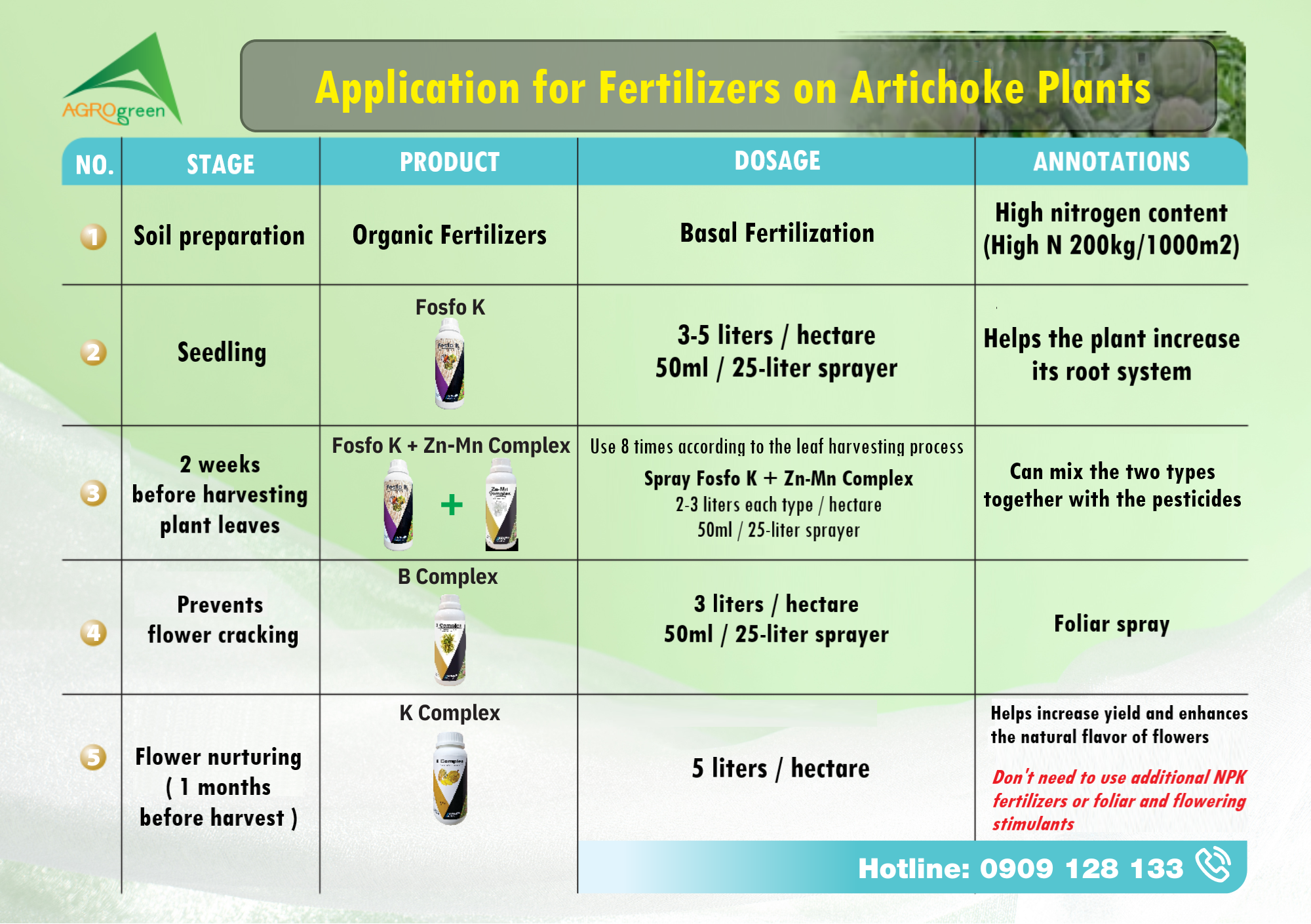
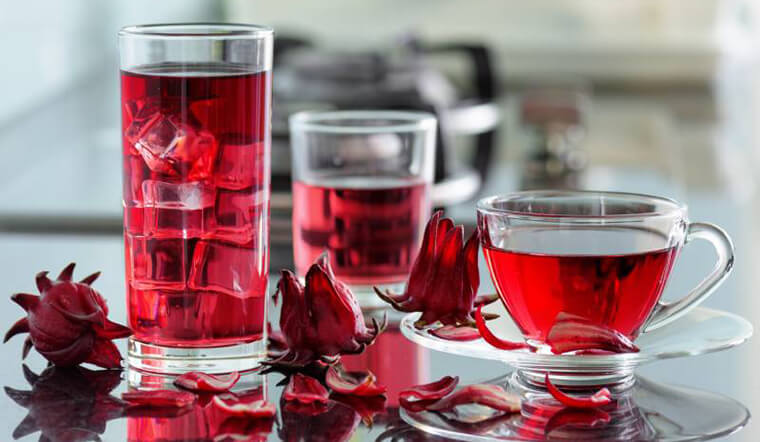
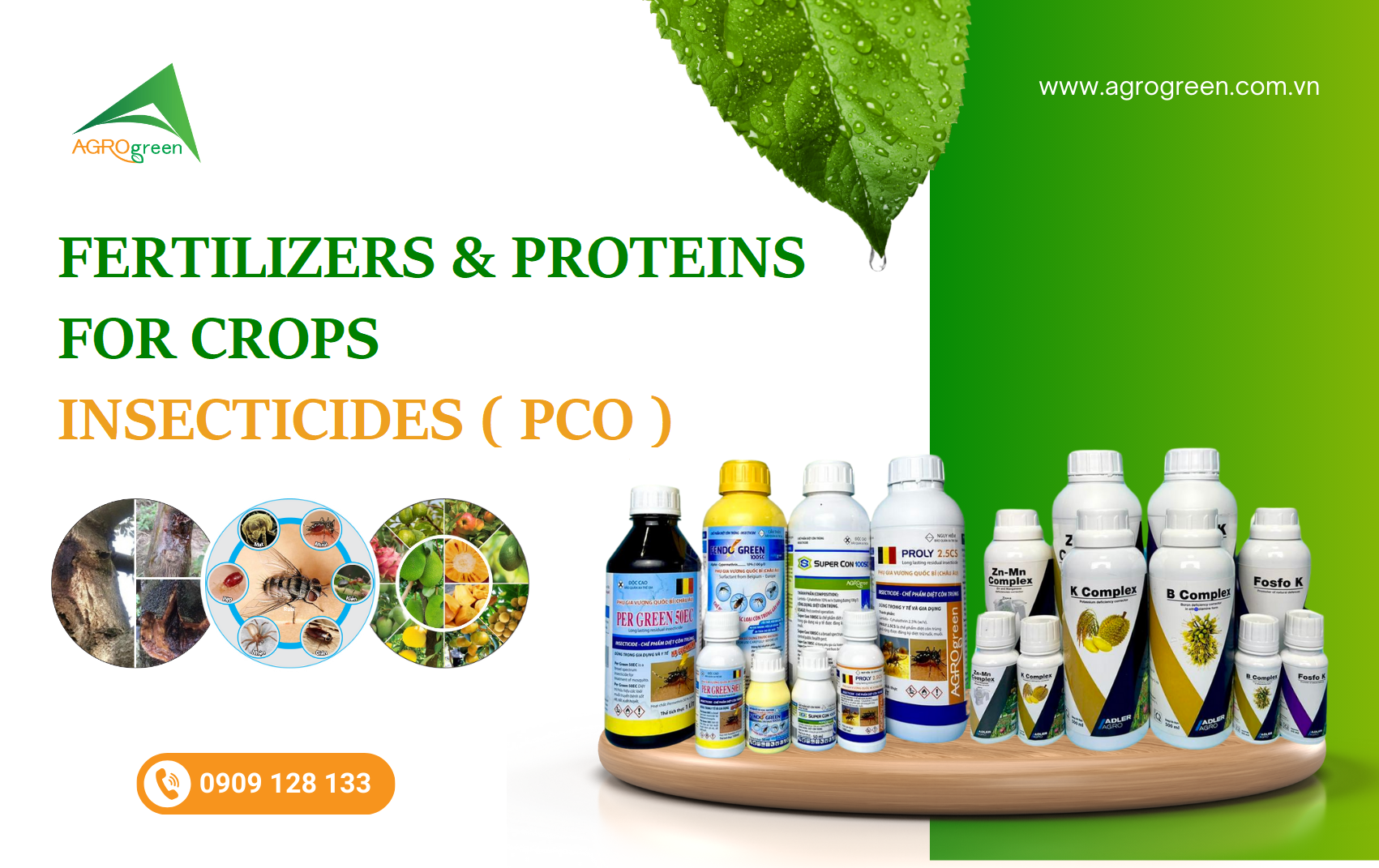

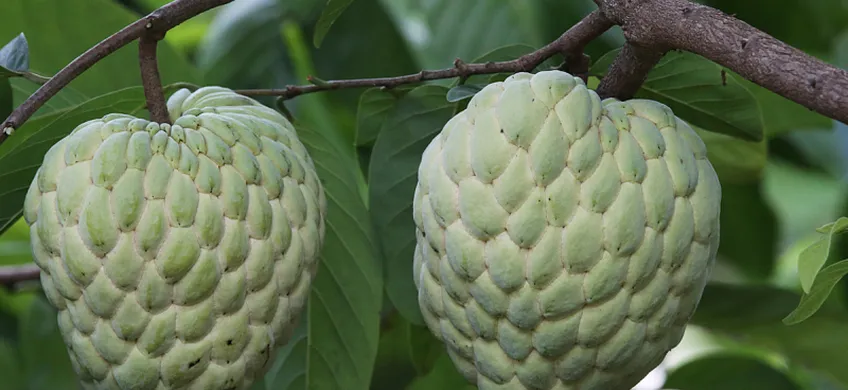
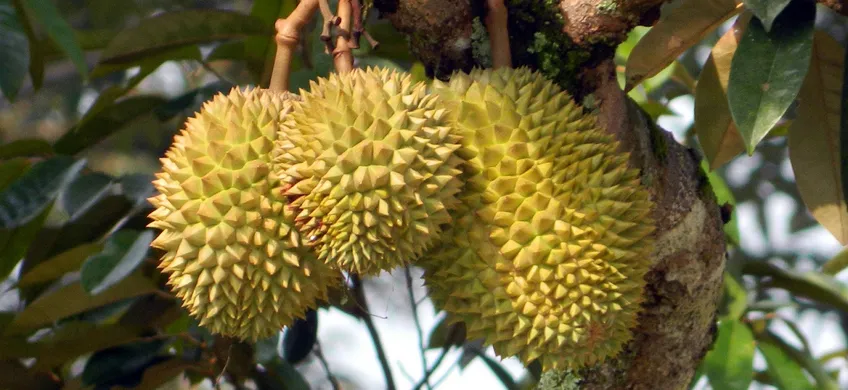


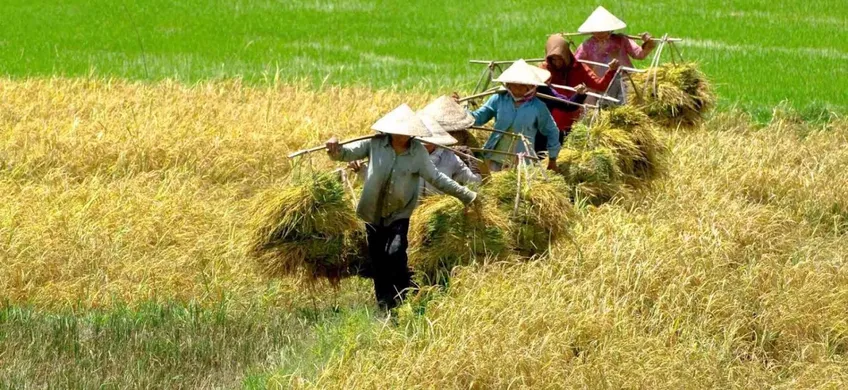
main.comment_read_more